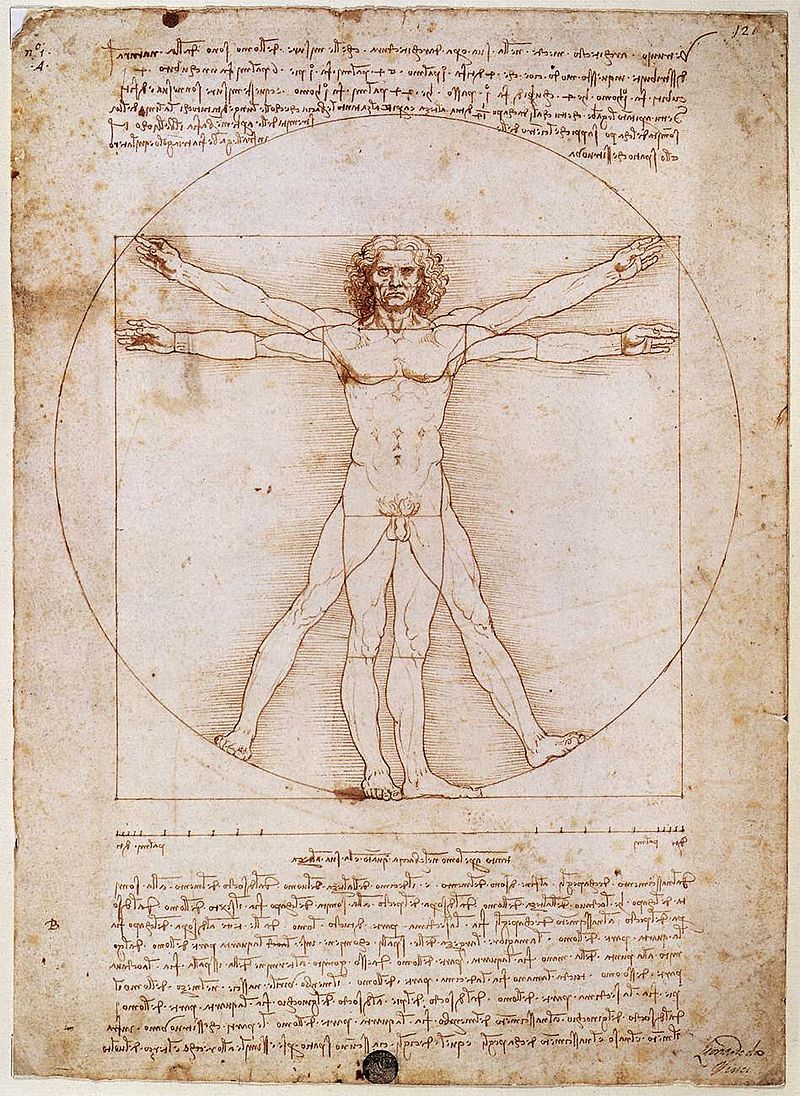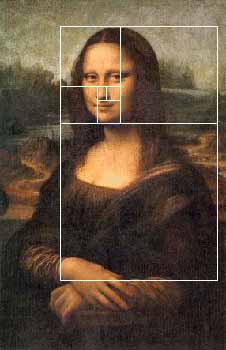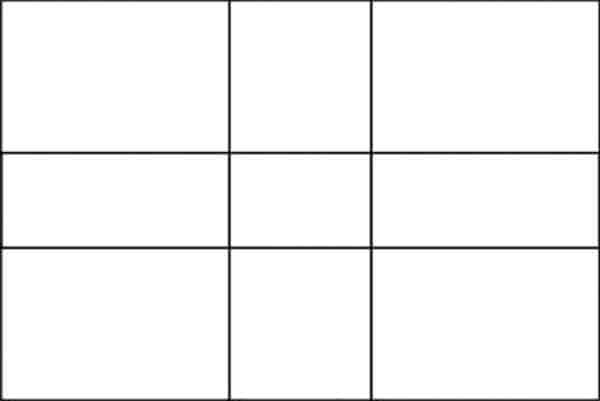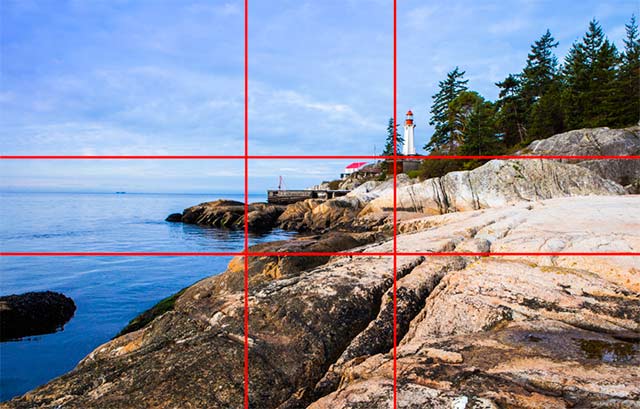The golden ratio is very prevalent in both art and nature. Evidence of the golden ratio is found in architecture, painting, photography, sculpting, and every other type of art. The golden ratio is a concept that artists use to help direct the placement of their elements within their artwork.
Every element within a piece holds something called visual weight. Bigger bolder objects hold more of this visual weight which means the viewer's eye is more drawn to that area of the artwork. Whereas small, more subtle objects hold less visual weight which does not capture the viewer's attention (Raul, 2015). Artists knowing the principle of visual weight, will place objects with heavy weight at 1.68 intervals heeding the golden ratio. When artists choose to utilize the golden ratio, they create an aesthetically pleasing visual. One main example of this is in photographs, where photographers do not place the focal point or heaviest weighted item in the center of the photo instead, they place it at the 1.68 mark.
The golden ratio has always existed in the physical universe; appearing in flowers, seashells, fruit, and even the human face. Despite the eternal existence of the golden ratio, the history of the first discovery is unknown. 1.618 goes by several names such as phi and the golden number. It was likely discovered and rediscovered by many mathematicians all throughout history. It pops up in architecture, paintings, drawings, sculptures, and other forms of art countless times. We find the appearance of 1.618 within Egyptian and Greek times. The architecture of the great pyramids as well as the Parthenon are based on this proportion.
The Fibonacci sequence was written and brought to the western world through the publication of a book published in the 1200s AD called the “Liber Abaci”. Leonardo Da Vinci was yet another mathematician who discovered the magic of the golden ratio in the 1400s. He also wrote and published a book named "Divine Proportion" containing illustrations of his work. Demonstrating the discovery and importance of the golden ratio.

Divine Proportions of Leonardo Da Vinci
So where does the Golden ratio come from? The principle behind the golden ratio is to “Divide a line in such a way that the longer part divided by the smaller part is equal to the whole line divided by the longer part” (Fischler, 31). To set this up as a math problem let's say length a is the shorter side length and b is the longer side length. From the definition above we know the lengths can be divided so that the longer part (b) is divided by the smaller part (a), which can be represented as b / a. Looking at the next section we find we want b / a to be set this equal to the whole length (both a and b) which is represented by a + b divided by the longer part (b). Which is represented by b / a = ( a + b) / b. Which can be seen represented on the applet below.
The video below shows the steps for solving the golden ratio of 1.68 in rectangles and Pentagons.
One example of this proportion is displayed in what is considered to be one of the most famous portraits of all time, the Mona Lisa by Leonardo Da Vinci. From the video above we understand that the golden ratio creates rectangle with the same proportions. Looking at the painting we find that the width of her head and the length from chin to the top creates a perfect rectangle following the golden ratio. Another perfect rectangle is created with the length and width of her body. Also, her hand placement creates yet another perfect rectangle across the bottom of the painting. The golden ratio is seen throughout many other paintings by Leonardo Da Vinci and other famous artists.

Monia Lisa by Leonardo Da Vinci Golden ratio overlay
The golden ratio is also applicable to photography, used to create a photo that is pleasing to the eyes and well balanced. Photographers use the rule of thirds or the golden ratio by positioning the skyline, not in the center of the image but offset not creating symmetry but instead balance to the eye. A photograph can be divided into nine equal rectangles creating a grid across the photograph which is commonly referred to as the phi grid. Photographers use the grid to distribute the weight of objects within a photo into the golden ratio spiral. (Gadde & Karlapalem, 2011). As seen depicted in the figures below.

Phi grid has ratios 1:0.618:1
Superimposed over an images so Photographers can follow the golden ratio.

Phi Overlay- Lighthouse park West Vancouver